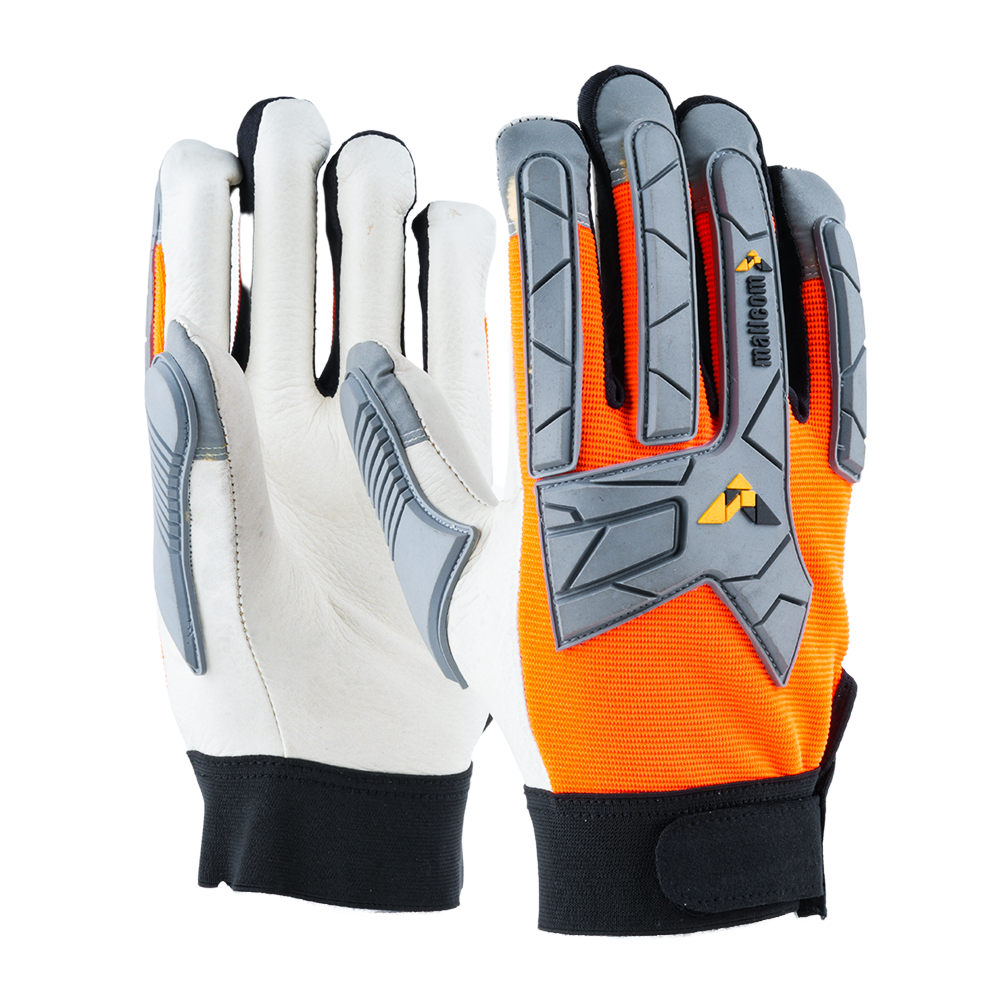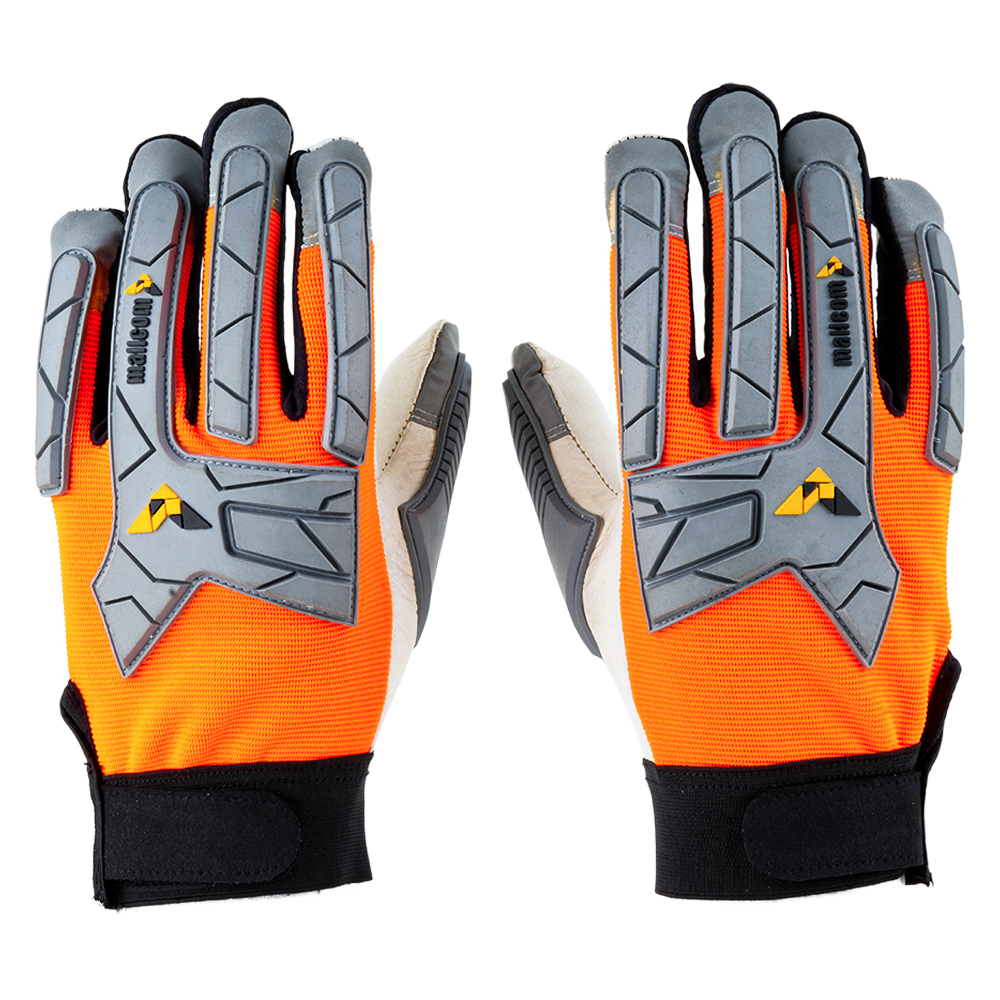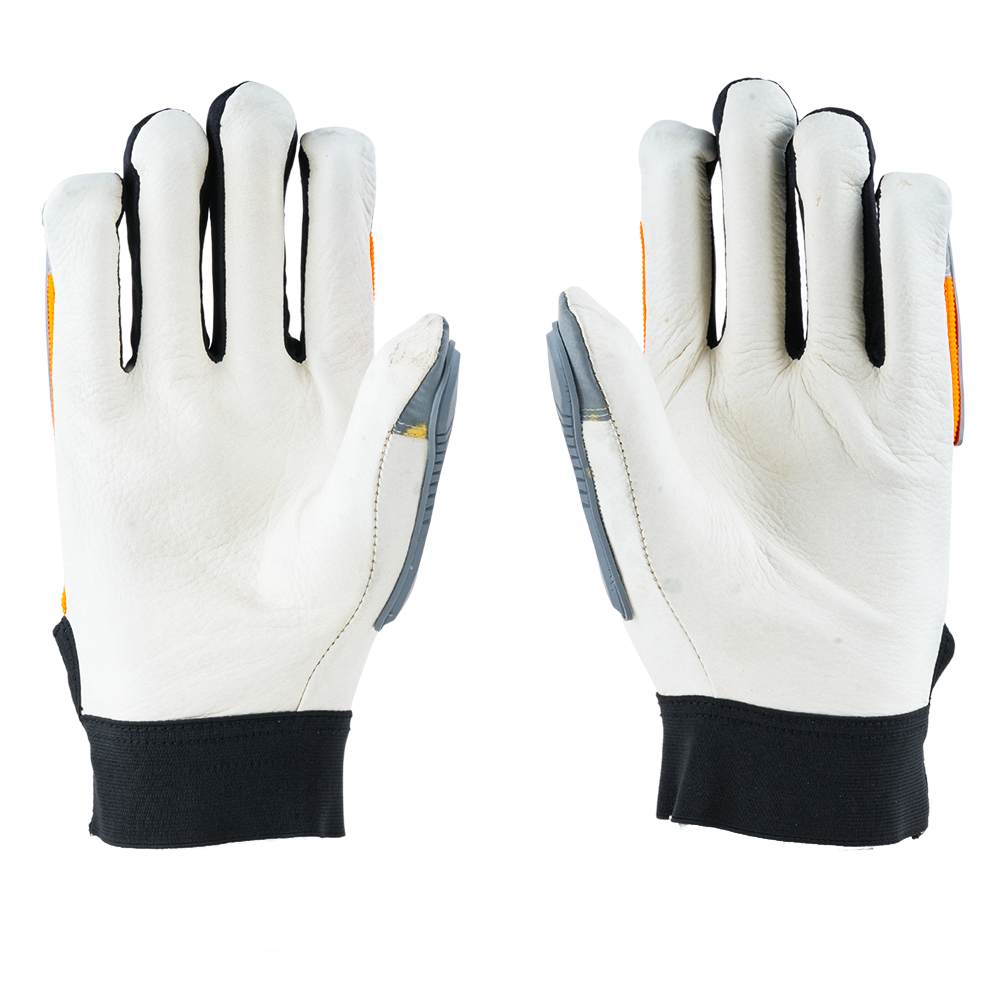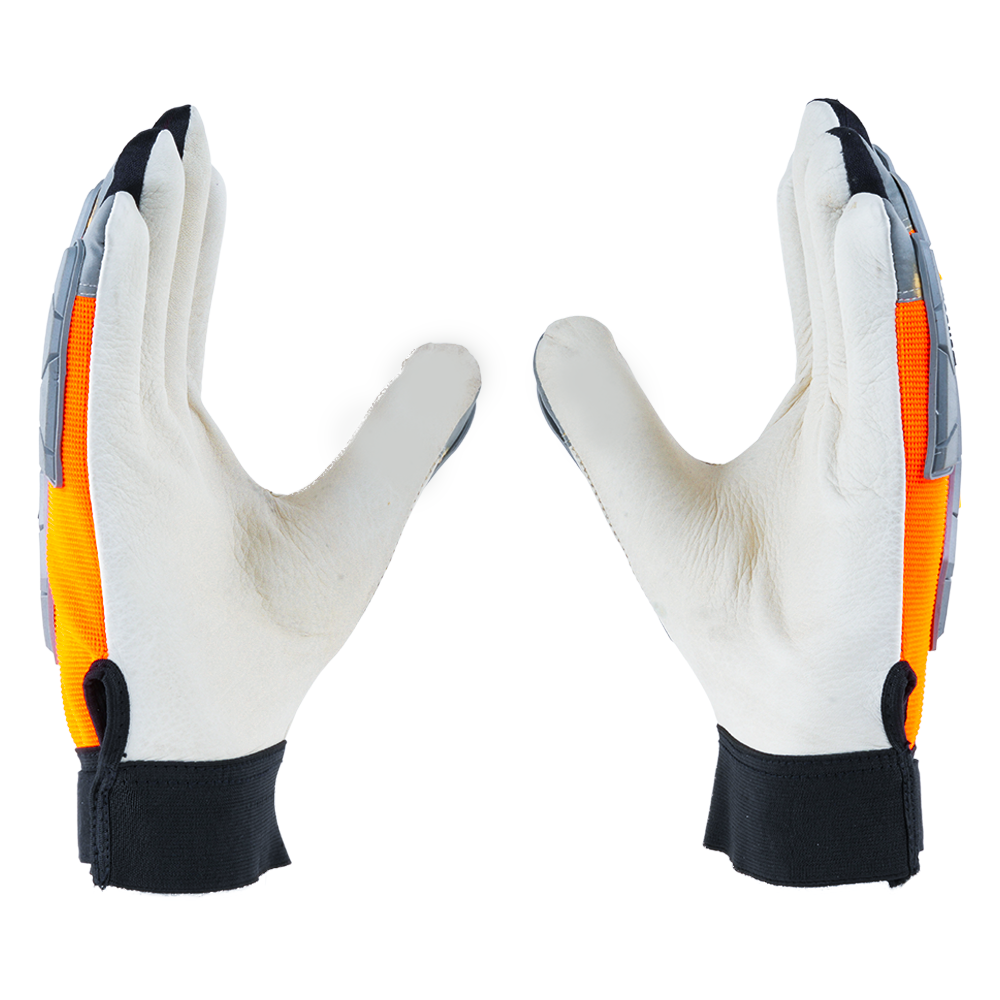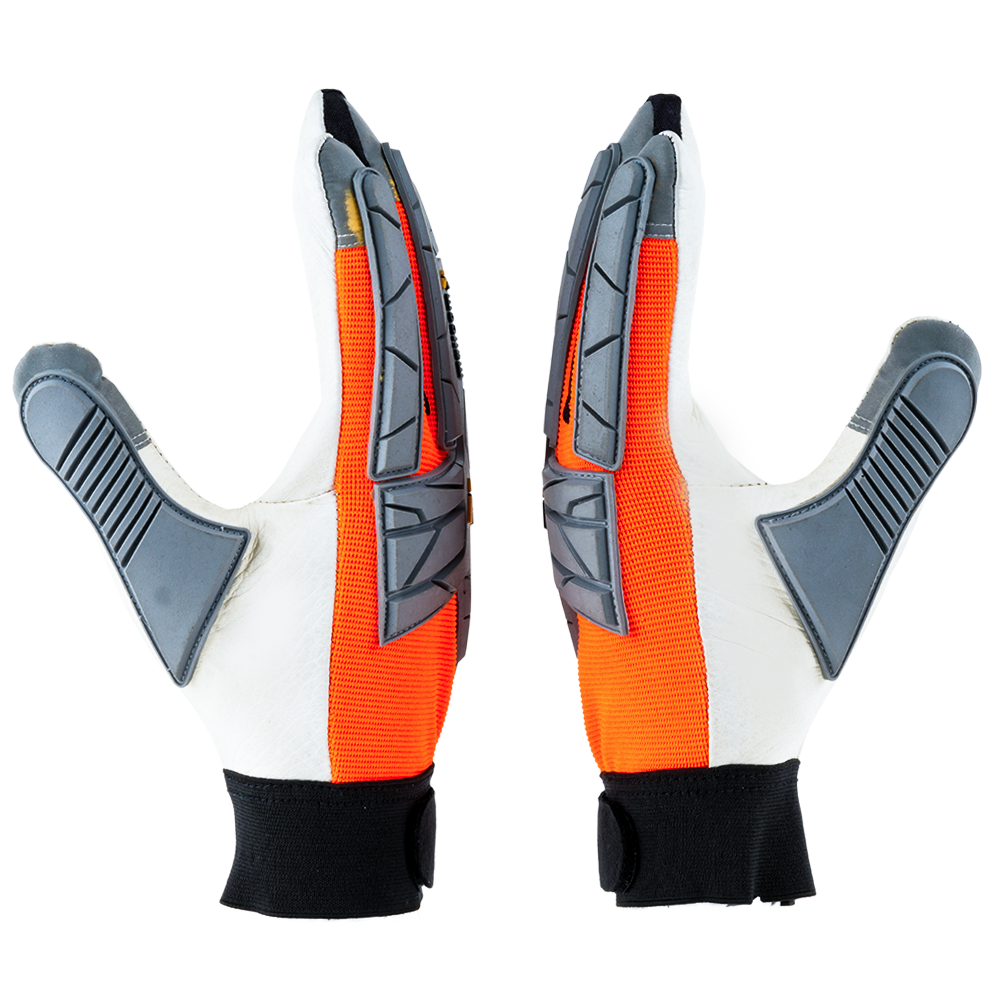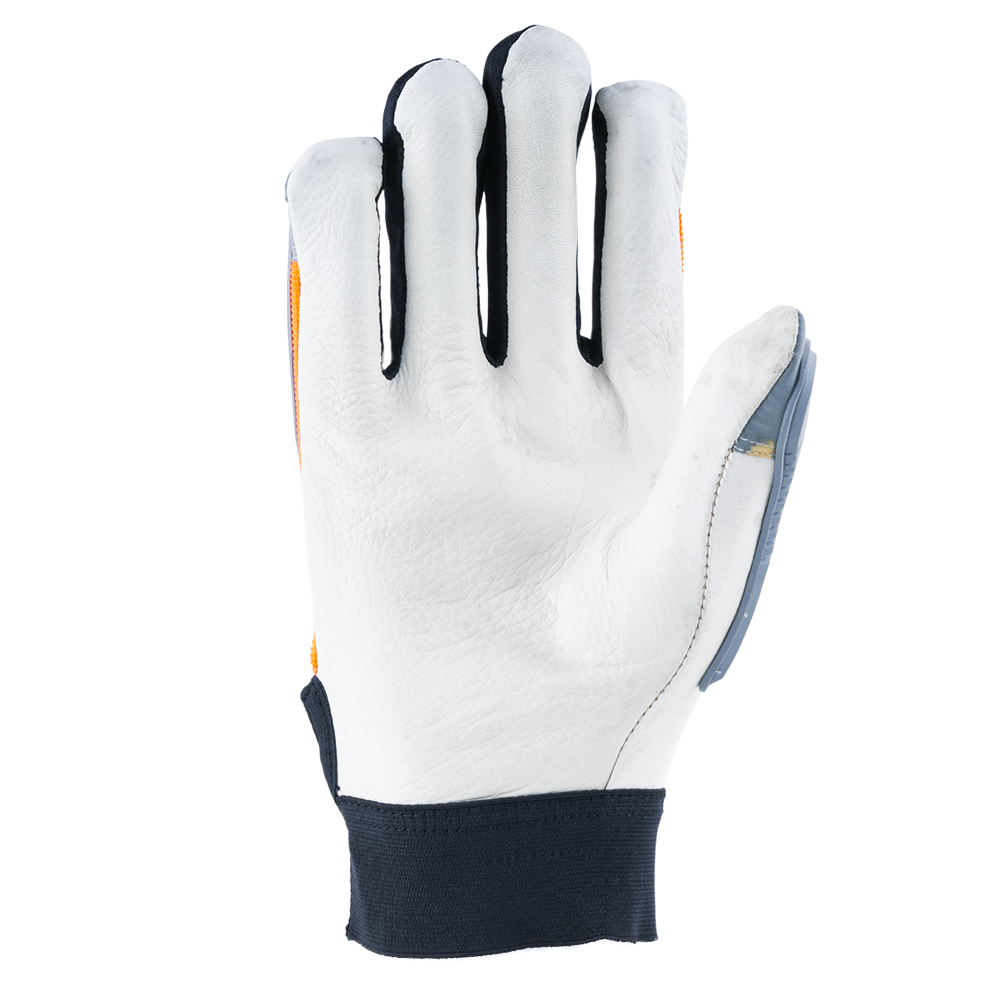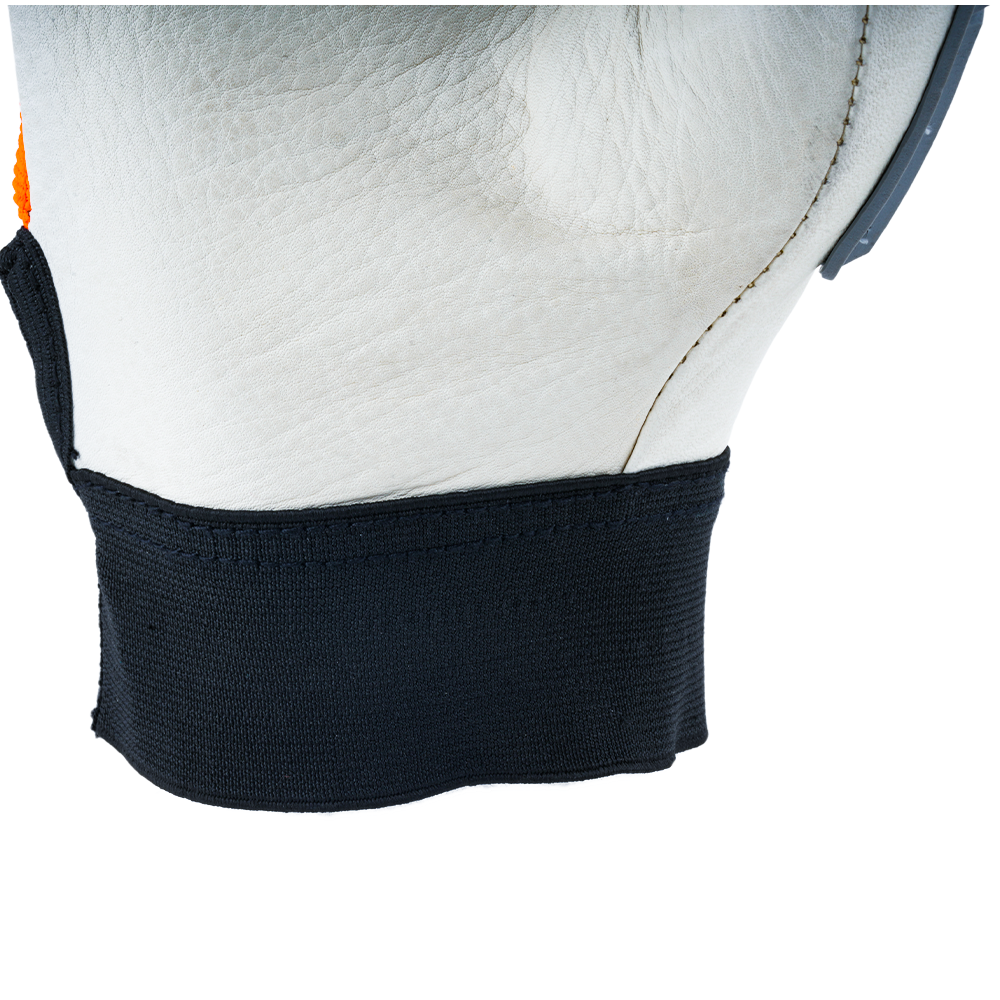TM564
Share
Impact Resistant Gloves
- Metacarpal protected beige grain leather mechanical gloves
- Velcro adjustable knitted cuff
- Flexible “SIMUM” metacarpal patch stitched on back
- Hi-vis tape stitched on finger tips
Impact Resistant
Abrasion
Delivery & Services

Easy Return
with our 15 days return poicy
Regular price
Rs. 0
Sale price
Rs. 0
Regular price
Tax included.
Shipping calculated at checkout.
